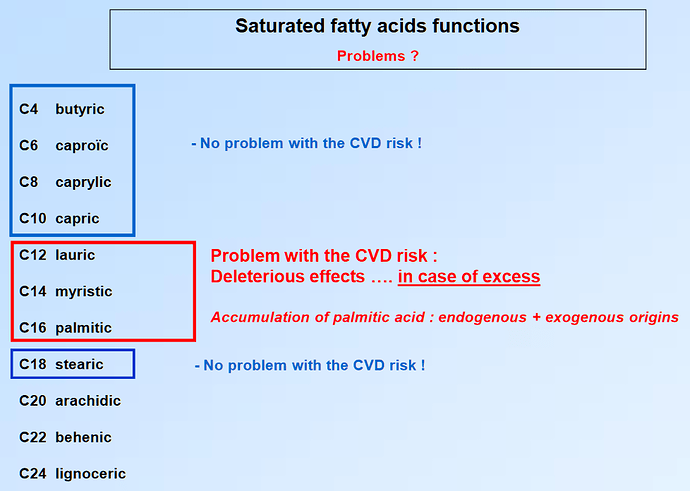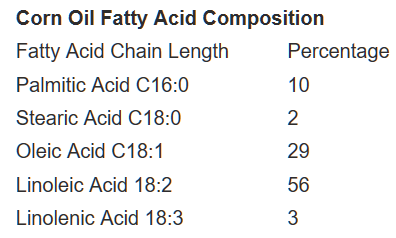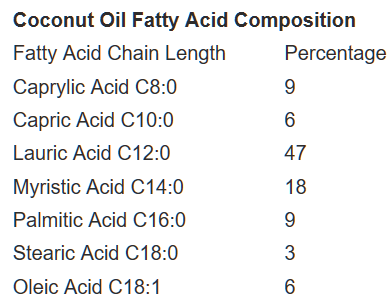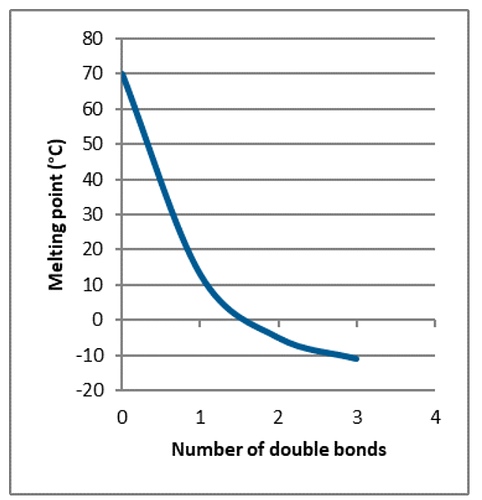I think what makes this ROS theory of Obesity so confusing is the use of the phrase “insulin resistance”. After all, how can insulin resistance be both the cause of type 2 diabetes and a possible treatment (in the case of eating saturated fat vs. polyunsaturated fats). It would be helpful to make a distinction between these two kinds of insulin resistance…maybe, as I think Brad Marshall puts it, we can say short term insulin resistance while saturated fat is being oxidized vs chronic insulin resistance. So basically, short term physiological insulin resistance vs chronic insulin resistance.
If we think about what we know from Jason Fung, etc., what I’m now referring to as chronic insulin resistance is caused by prolonged or repeated exposure to too much insulin. This is like if you are taking a drug consistently for an extended period of time. Your body will become tolerant to it and it will not work as well. Tolerance would be another word for resistance in this case. So someone who is insulin resistance has built up a tolerance to too much insulin and their cells’ response to it is down-regulated. I think this is kind of common knowledge here, but I needed to reiterate…
So what are the causes of the body’s overproduction of insulin leading to insulin resistance? The low carb philosophy would say that carbohydrates are the main factor in this because they stimulate insulin the most. Therefore, repeated over-consumption of carbohydrates would cause you to become resistant to insulin, but guess what else spikes insulin? Omega-6 fats spike insulin, especially in combination with glucose!
Here’s my opinion on how this relates to the ROS theory of Obesity: Because long chain saturated fats make your cells insulin resistant, those cells are not using as much insulin, which means there is less demand for insulin production, which means less chronic insulin resistance. I propose that this selective insulin resistance in response to saturated fats is what our bodies are meant to do. As hunter gathers, humans would have eaten high amounts of saturated fat because those are the fats that can be preserved the longest without refrigeration. We would have favored those fats so our bodies adapted to processing them.
Since Omega-6 polyunsaturated fats have not been present in high amounts in our diet until recently, our bodies have not adapted as well to dealing with them. Because of this whole complicated electron transport thingy, the omega-6 fats are not only going to be taken into cells that will try to use them as energy, but they will also not make that cell insulin resistant, so insulin will allow glucose into the cell to join the party with the polyunsaturated fat. The cell doesn’t know what to do, and in its confusion, it poops the fat out wherever is closest. Perhaps into the gluteus maximus  Or, as I think the ROS theory of Obesity is saying, the cells that would first try to use the polyunsaturated fats from our diet would be the ones closest to the our digestive system, (so the cells around your belly). I think that in switching to a diet high in long chain saturated fats you aren’t activating some magical belly fat switch, you are just processing fat the way we are adapted to process it. As far as adding different forms of stearic acid, whether they are cocoa butter, tallow, etc., even if you are eating a form of stearic acid that may not be similar to how our ancestors would have eaten it, it still might be chemically close enough to the saturated fats that we adapted to eat, or at least closer to them than the abundance of high omega-6 fats in so many people’s diets.
Or, as I think the ROS theory of Obesity is saying, the cells that would first try to use the polyunsaturated fats from our diet would be the ones closest to the our digestive system, (so the cells around your belly). I think that in switching to a diet high in long chain saturated fats you aren’t activating some magical belly fat switch, you are just processing fat the way we are adapted to process it. As far as adding different forms of stearic acid, whether they are cocoa butter, tallow, etc., even if you are eating a form of stearic acid that may not be similar to how our ancestors would have eaten it, it still might be chemically close enough to the saturated fats that we adapted to eat, or at least closer to them than the abundance of high omega-6 fats in so many people’s diets.


 Or, as I think the ROS theory of Obesity is saying, the cells that would first try to use the polyunsaturated fats from our diet would be the ones closest to the our digestive system, (so the cells around your belly). I think that in switching to a diet high in long chain saturated fats you aren’t activating some magical belly fat switch, you are just processing fat the way we are adapted to process it. As far as adding different forms of stearic acid, whether they are cocoa butter, tallow, etc., even if you are eating a form of stearic acid that may not be similar to how our ancestors would have eaten it, it still might be chemically close enough to the saturated fats that we adapted to eat, or at least closer to them than the abundance of high omega-6 fats in so many people’s diets.
Or, as I think the ROS theory of Obesity is saying, the cells that would first try to use the polyunsaturated fats from our diet would be the ones closest to the our digestive system, (so the cells around your belly). I think that in switching to a diet high in long chain saturated fats you aren’t activating some magical belly fat switch, you are just processing fat the way we are adapted to process it. As far as adding different forms of stearic acid, whether they are cocoa butter, tallow, etc., even if you are eating a form of stearic acid that may not be similar to how our ancestors would have eaten it, it still might be chemically close enough to the saturated fats that we adapted to eat, or at least closer to them than the abundance of high omega-6 fats in so many people’s diets.


 Love it!
Love it!



